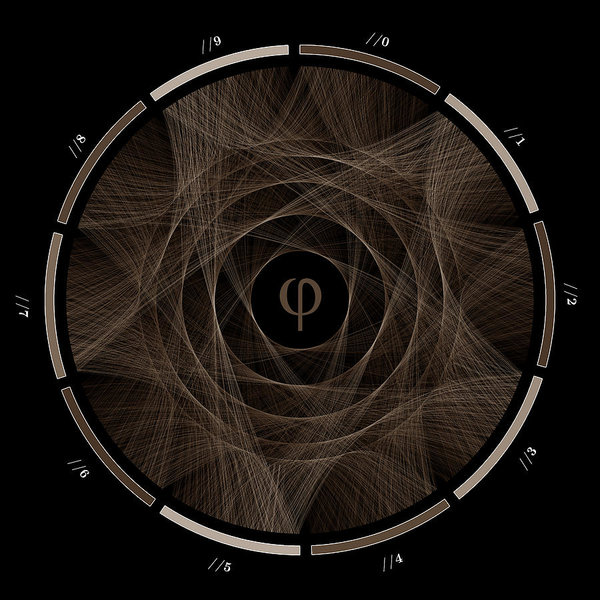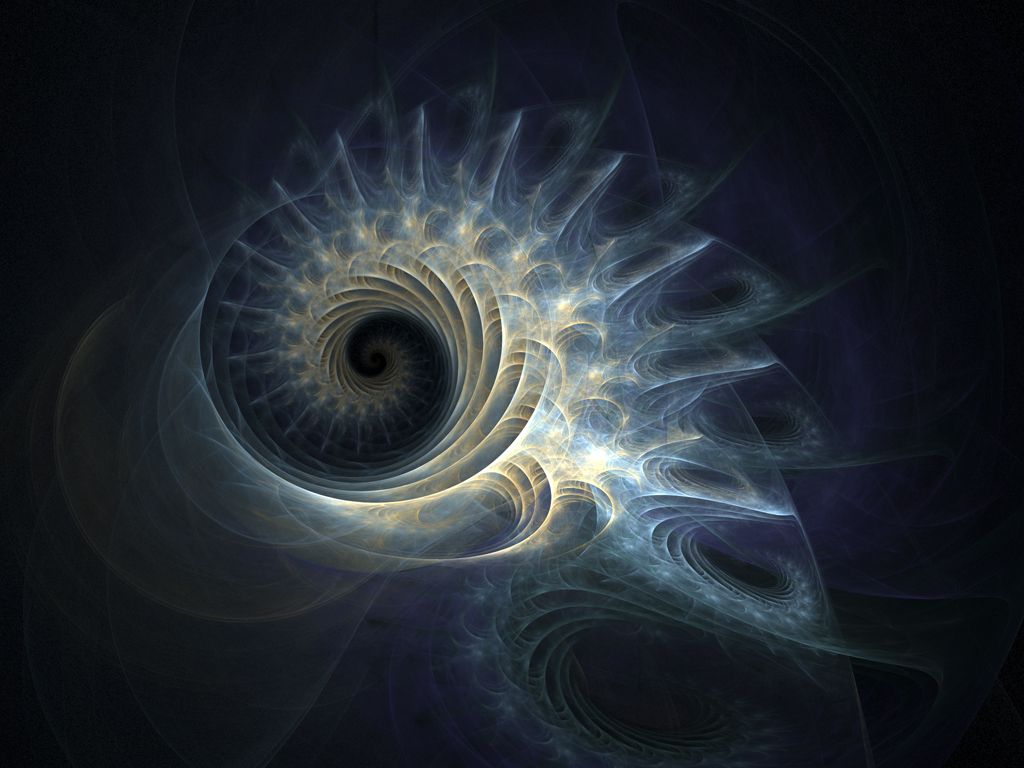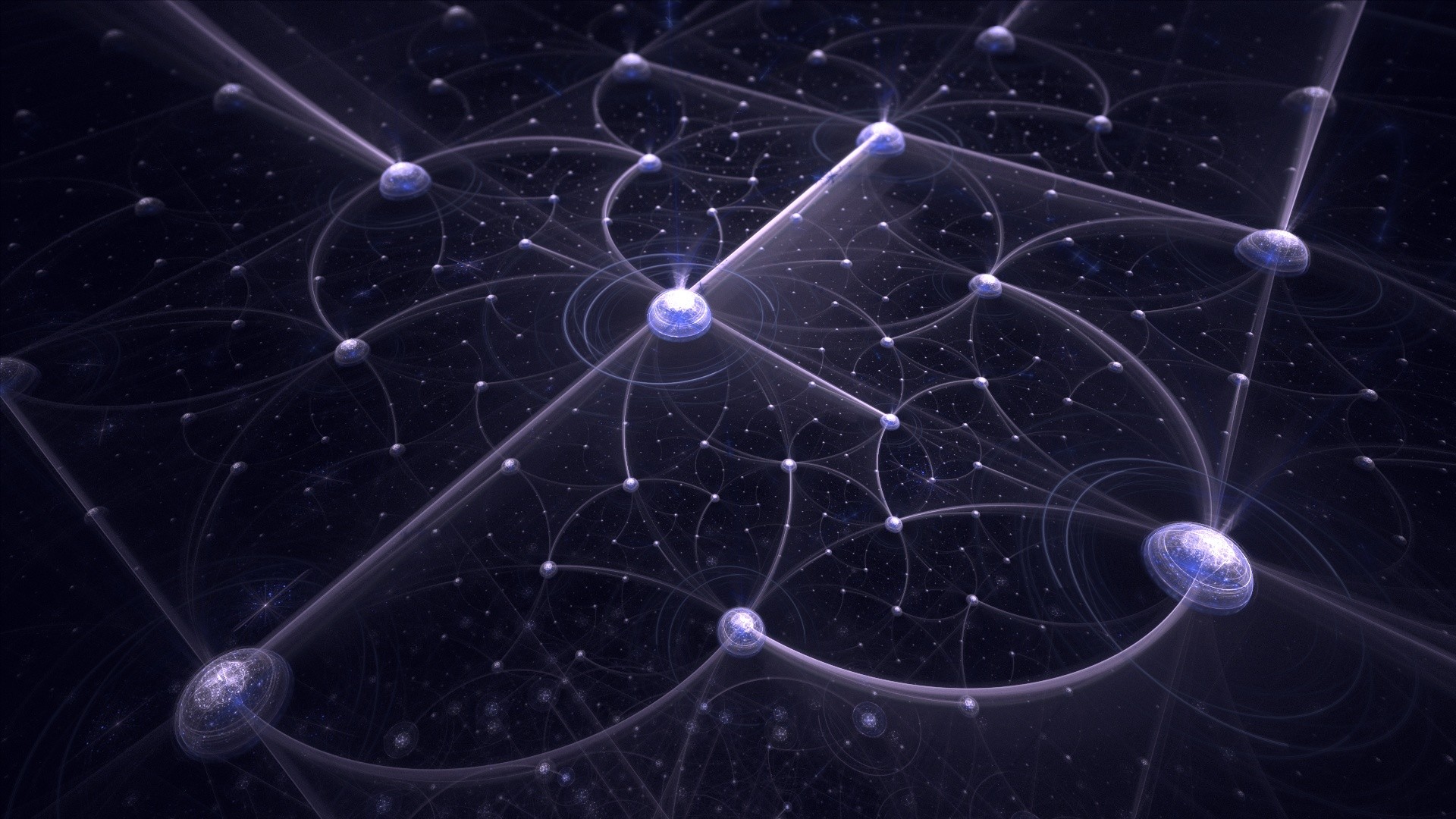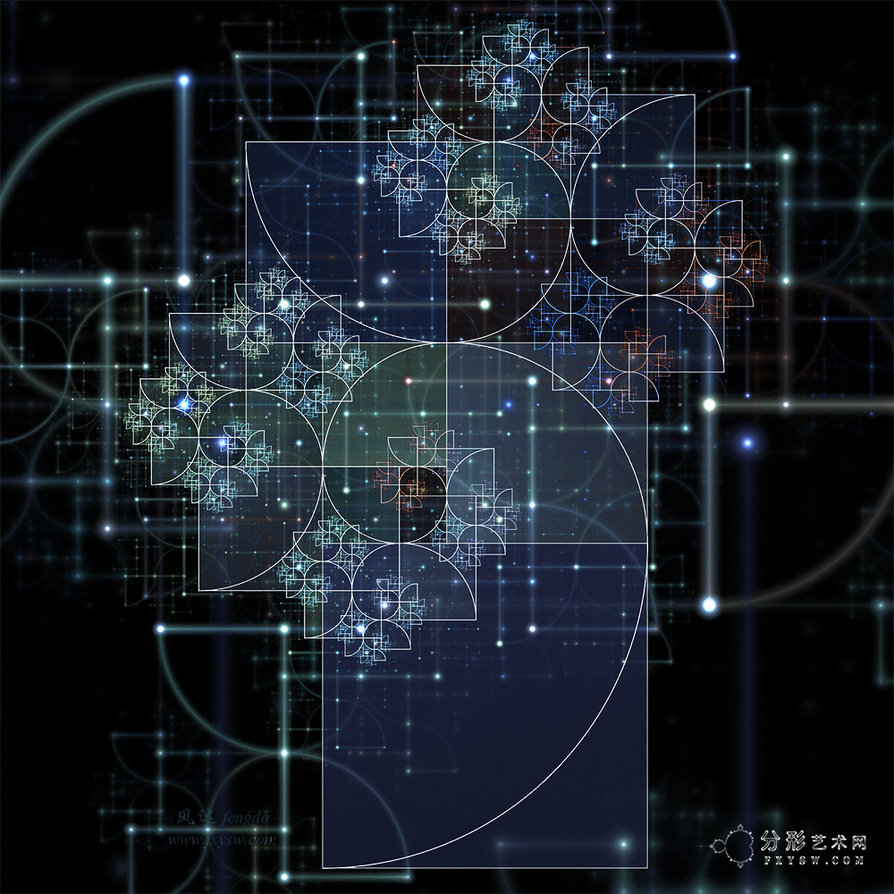The Divine Proportion
Have you ever observed a really profound piece of art and wondered why it was so compositionally pleasing? The most likely reason is that the artist intentionally (or unintentionally) employed the use of the Divine Proportion (also known as the golden ratio, the golden section, and part of the Fibonacci series). The Divine Proportion is a little-known phenomenon that suggests that there’s a mathematical equation that’s consistent with the aesthetics of good composition. Yes, it has even been proven that some people with a natural instinct for good composition inadvertently employ certain properties consistent with the golden ratio.

Omnipresence of the Ratio
The Divine Proportion was closely studied by the Greek sculptor, Phidias, and as a result, it took on the name of Phi. Also referred to as the Golden Mean, the Magic Ratio, the Fibonacci Series, etc. Phi can be found throughout the universe; from the spirals of galaxies to the spiral of a Nautilus seashell; from the harmony of music to the beauty in art. A botanist will find it in the growth patterns of flowers and plants, while the zoologist sees it in the breeding of rabbits. The entomologist views it in the genealogy of a bee, and the physicist observes it in the behavior of light and atoms. A Wall Street analyst can find it in the rising and falling patterns of a market, while the mathematician uncovers it in the examination of the pentagram.

Phi (φ)
Phi must be considered in its relation to the human psyche since it is the psyche that interprets this phenomena. Although Phi appears to be fixed in nature, it actually is not. The only reason it seems fixed is because it is fixed within our own minds. This proportion corresponds to the mental vibrations that are within us and dictate our sense of pleasure and pain, beauty and ugliness, love and hate, etc. The result is we are held captive by these memories fixed by both body and mind. For if we were to view nature from an altered state of consciousness, the proportion would also be altered. Therefore, the Divine Proportion presents itself in the very physical nature of Creation. It is seen as the beauty and organization within the cosmos. It is the harmony and glue that holds the unity of the universe.

Ubiquity, Science or Coincidence?
The properties of the number Phi are genuinely surprising, and its discovery as a ratio or proportion led to a thorough analysis of different forms, objects, graphic representations and even patterns of movement that occur in our world and which theoretically are more or less directly related with this measurement –the golden ratio or divine proportion. All these forms are defined by having a common property –they respect the golden proportion. So is it so easy to find these “golden” or “divine” forms in the environment around us? That is, outside disciplines like architecture or design, which clearly use forms and geometry intentionally? What about nature, or even the cosmos? The golden proportion can be found in the Pyramids in Egypt, the Google logo, in rose petals and even in the shapes of galaxies. In La Gioconda by Leonardo da Vinci, the microscopic structure of certain crystals, and Debussy‘s musical scores. Could this possibly be the most astounding number in the world? Or alternatively, are we distorting reality in our desire to see mathematics where none exist? Without doubt these facts force us to acknowledge that mathematics has a curious tendency to contribute something to the knowledge of even subjects to which it is –or at least appears to be– totally unrelated.

The Fibonacci Sequence
The Fibonacci sequence is one of the most famous formulas in mathematics. Each number in the sequence is the sum of the two numbers that precede it. So, the sequence goes: 0, 1, 1, 2, 3, 5, 8, 13, 21, 34, 55 and so on. The mathematical equation describing it is:
Xn+2 = Xn+1 + Xn
Fibonacci numbers are named after Italian mathematician Leonardo of Pisa, later known as Fibonacci. In his 1202 book Liber Abaci, Fibonacci introduced the sequence to Western European mathematics, although the sequence had been described earlier in Indian mathematics, as early as 200 BC in work by Pingala on enumerating possible patterns of Sanskrit poetry formed from syllables of two lengths.

Fibonacci Sequence and The Golden Ratio
There is a special relationship between the Golden Ratio and Fibonacci Numbers. The Golden Section number for phi (φ) is 0.61803 39887…, which correlates to the ratio calculated when one divides a number in the Fibonacci series by its successive number, e.g. 34/55, and is also the number obtained when dividing the extreme portion of a line to the whole. This number is the inverse of 1.61803 39887… or Phi (Φ), which is the ratio calculated when one divides a number in the Fibonacci series by the number preceding it. To put it simply, ratio between two backward consecutive numbers (eg. 55/34) is always approximately equal to The Golden Ratio 1.618... One of the reasons why the Fibonacci sequence has fascinated people over the centuries is because of this tendency for the ratios of the numbers in the series to fall upon either phi or Phi. Others have debated whether there might exist a supernatural explanation for what seems an improbable mathematical coincidence.